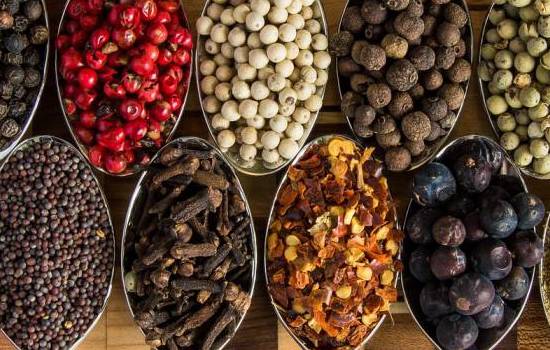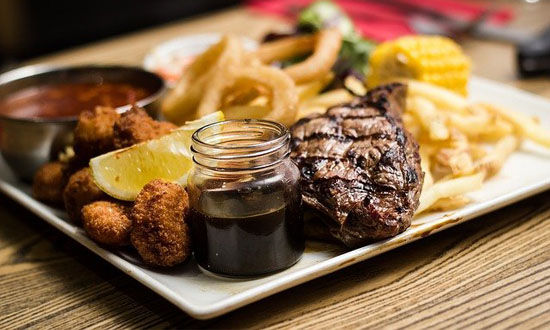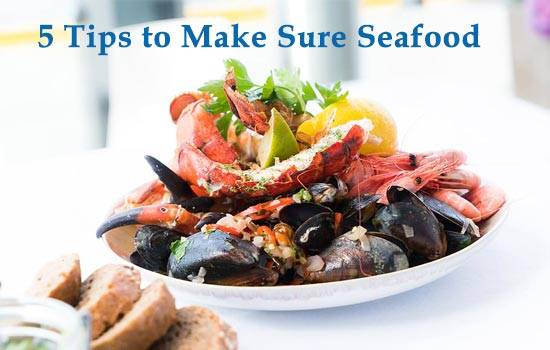
Why does everyone have a herb garden but no one grow spices at home? I’m sure that, if we were to take a walk around your garden, we’d find at least a few herbs growing: parsley, basil, rosary, thyme – something.
But I’m also fairly certain that we would have to look further to find a single spice growing. Why is that? I suppose we tend to use fewer spices, or smaller quantities, when we cook than we do herbs, but it can be great fun (and very tasty!) to have a few spices on hand in your garden. Here are five spices that you can grow:
Mustard
Mustard is often grown as a leafy green, but if you leave the attractive and versatile plant to go to seed you can harvest the seeds and use them as a spice in your culinary creations. An added bonus is that pollinators love the flowers, so by letting the plants go to seed you’re also feeding our buzzy friends.
Growing:
Mustard is often grown as a leafy green, but if you leave the attractive and versatile plant to go to seed you can harvest the seeds and use them as a spice in your culinary creations. An added bonus is that pollinators love the flowers, so by letting the plants go to seed you’re also feeding our buzzy friends.
Harvesting:
Each pod should contain between 8 and 20 seeds, and you should harvest them when the pods begin to turn yellowy brown. Don’t leave them on the plant for too long or they will burst.
Using:
Use the seeds in curries, pickles, salads dressings or even mayos. Alternatively, grind the seeds to use in ‘mustard’ (the sauce). The seeds don’t actually have a hot tang on their own. It is only when water is added that the enzymes are activated and the heat develops.
Coriander :
A useful herb in terms of its leaves, coriander (dhania or cilantro) is often used fresh as a garnish on Indian dishes and is also used in Chinese and Mexican cuisine. Used fresh, this is a love-it-or-hate-it herb (the office opinion is equally divided), with critics saying it tastes soapy. As with mustard, it is the seeds that are used as a spice, and they have a significantly different taste to the leaves.
Growing:
Coriander grows easily and also goes to seed quickly. Sow seed directly in well-drained soil and in a sunny spot with some midday shade. Transplanting can lead to the plant bolting. Don’t over-water, and use a deep container if you plant it in a pot, as the taproot is long.
Harvesting:
The roots, stems and leaves can all be used fresh. In terms of spice, the green seeds are delicious if blended and used in curries. Otherwise harvest the dry seeds by cutting the dry flowerheads and hanging them upside down in a brown paper bag.
Using:
Dry fry the dried seeds until the aroma is released and then add them to a curry sauce or paste. You can crush the dry-fried seeds or use them whole. Coriander is often used in conjunction with cumin. The seeds are also great in pickling.
Ginger
Same like onions, delicious, versatile and a bit burny, ginger can be used in anything from curries to chocolate or tea, adding warmth and fragrance to whatever its included in.
It’s the rhizome or tuber that is used as a spice, and those in the know extol the numerous health benefits, from having anti-inflammatory properties to treating nausea, aiding digestion and even fighting the common cold.
It contains high levels of antioxidants, which are beneficial for a variety of reasons, and can even help with muscle stiffness, osteoarthritis, lower heart disease risks, cholesterol and blood sugar levels. It really is an incredible food, but we’d eat it even if it wasn’t because it is absolutely delicious.
Growing:
A tropical plant, ginger grows to about 1m in height with fleshy stems and big, glossy leaves. To get the best out of it, grow ginger in deeply dug soil with lots of added compost. Ginger is a vigorous grower and feeder so needs a lot of feeding. Plant the rhizome in full sun and water heavily twice a week. Don’t just plant a bit of ginger you buy at Checkers though. Look online or at your local nursery for organic, untreated ginger rhizomes – you’re more likely to succeed.
Harvesting:
Harvest the rhizomes in the middle of winter, around July. The leaves should have died down naturally, after which the tubers should be lifted with a fork. Keep some to use and return the remainder to the earth for next year. Allow the ginger to dry out in the sun for a couple of days and then store it. It can be grated and frozen, frozen whole (although frozen ginger is very hard!) or pickled, crystalised or stored in syrup. Also keep a little in the fridge to use soon after harvesting.
Using:
The culinary uses of ginger are many and varied: stir-fries and curries should all have a little ginger in them, while ‘ginger beer’ are my two favourite words. Otherwise it can be used in cough syrup or hot toddies, or just sliced and steeped in water for a warming tea.
Note: There are some ginger varieties on the alien invasive list, but these are not edible.
Garlic
Garlic is a conundrum: you don’t dare not use it in your cooking, but if you use a bit too much you’re going to lose friends faster than an autumn tree loses its leaves in a gale.
Why is it a spice? Because we generally use the bulb and not the leaves. While the supermarkets don’t give us much option when it comes to a garlic selection, there are a number of interesting varieties that have subtle differences in flavour or appearance.
Other than as a flavouring in just about every culinary genre, garlic has a multitude of uses. It is advertised as a natural antibiotic, lowers cholesterol and lowers blood pressure.
Growing:
Don’t just plant a clove from the supermarket – it might grow but the chances of a good-quality plant are slim. By them online from a company aw well. Ideally you want loamy soil that verges on sandy so that it drains well, and that has been enriched by a generous helping of compost. The bulbs should be planted in autumn (march or April) about 10cm deep, pointed end up, and covered soil. Tamp the soil down firmly and water well – they shouldn’t dry out while they’re getting established as they need to make it through winter.
Harvesting:
As with ginger, wait until the flower and leaves have withered away and then lift the bulbs with a fork. They can be dried and stored, where they will keep for up to a year. Garlic is a very rewarding plant to grow yourself, even if it’s just so that you can hang the bulbs prominently in your kitchen as a conversation starter. “Yes, I grow my own garlic…”
Using:
If we included every use of garlic this article would go on for pages. When cooking, make sure not to burn it or it will be bitter. Roasted it is sublime. In terms of medicinal uses, it does virtually everything from killing bacteria to boosting the immune system, treating parasite infestations and fungal infections.






